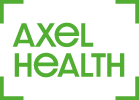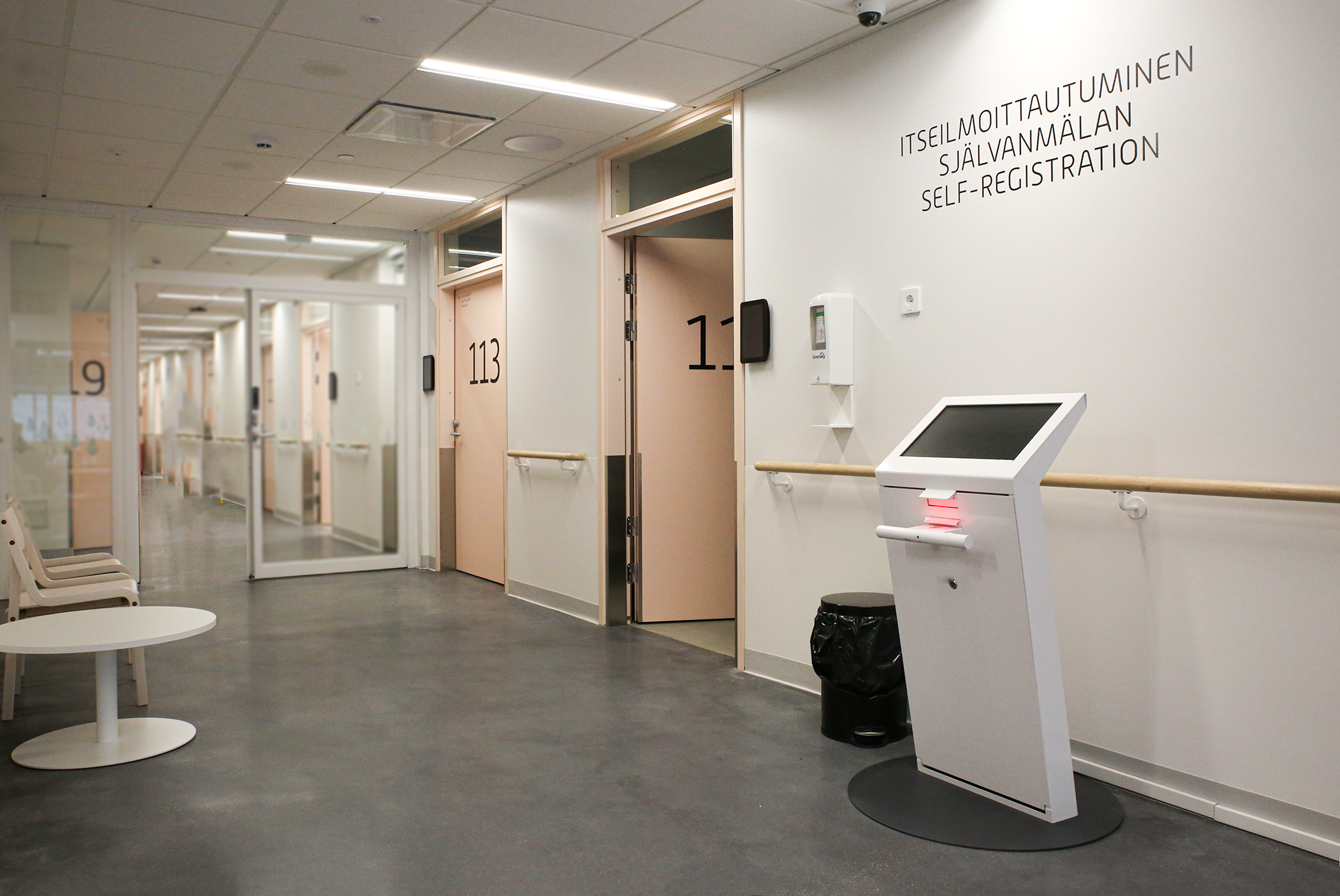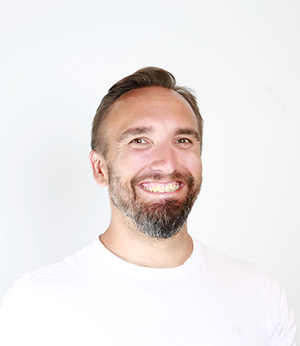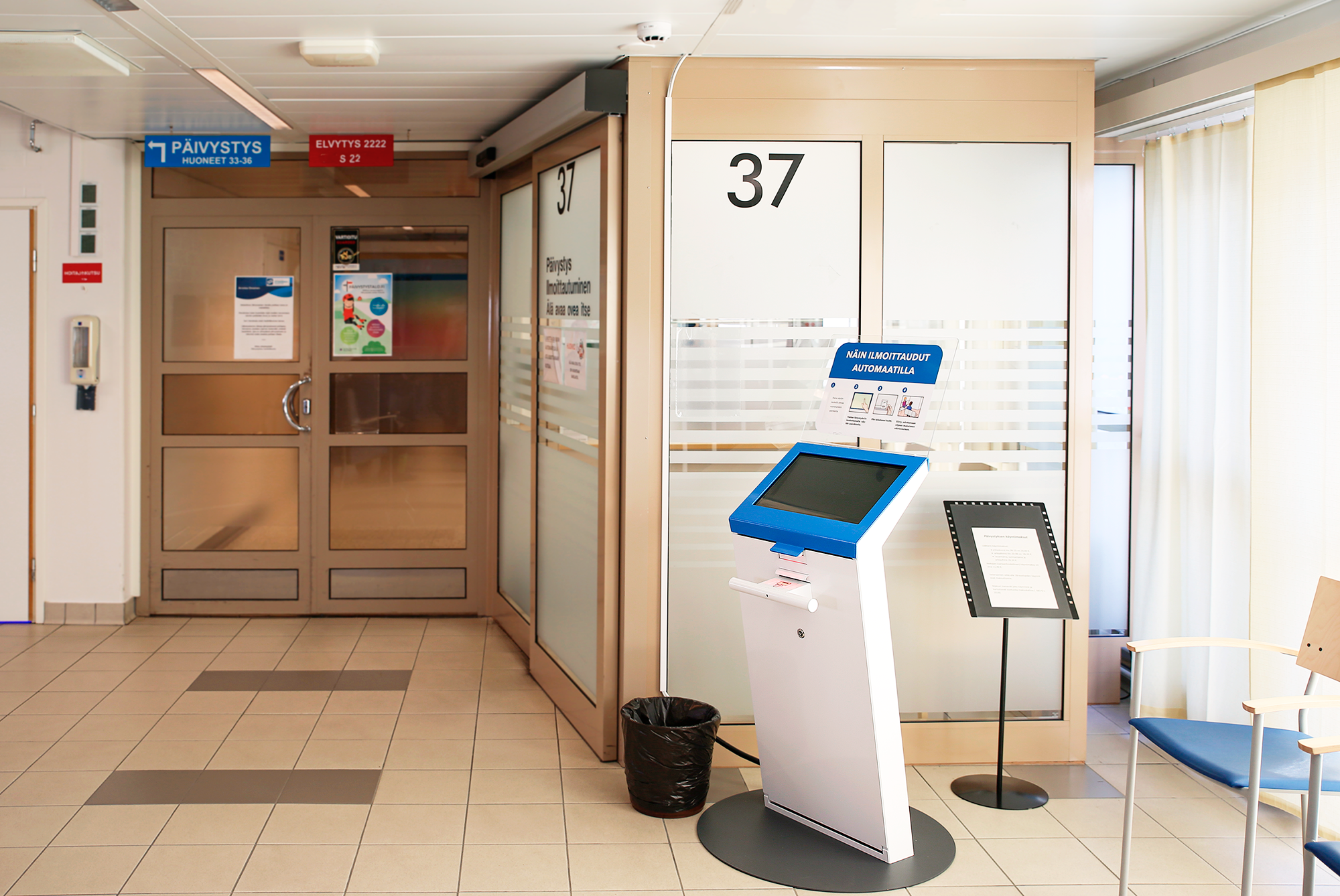In many countries, healthcare organizations have hard times ahead because of the issues in their current healthcare systems. In Finland, there are significant problems in the overall patient flow management, which is painfully visible, for example, in joint emergency departments. According to the statistics of the Finnish Institute of Health and Welfare (THL), emergency department visits in primary healthcare and joint emergency departments have increased by 10.1% and at the same time, the number of long-term clients in health centers has grown by over 21% from 2019 to 2021. These problems have a horizontal impact on the entire treatment chain from access to primary healthcare to finding follow-up treatment.
Finland seeks to solve these problems by regulation. The treatment time guarantee will change in September 2023 when the waiting time will be reduced to 14 days and at the end of 2024 it will be reduced to 7 days. Access to primary healthcare plays a crucial role in solving the challenges of emergency departments, but it’s equally important to ensure patients’ smooth access to follow-up treatment to reduce the pressure on the overloaded emergency services.
Achieve savings with careful planning and efficient operations
Fixing the entire healthcare system requires cooperation and development across different treatment chains and organizational functions, and keeping the system up and running also requires increased productivity and more efficient ways of working in the operative units. The funding gap in healthcare organizations is obvious. One of the solutions is to use the current resources more efficiently and thus increase productivity. There is a lot of development potential. Using tried and tested solutions that already exist can help improve operations and their efficiency, so there is no need to focus the funding solely on digital projects searching for new innovations that don’t necessarily bring any benefits or yield results until after a couple of years.
In healthcare service production, resources can be utilized more effectively by optimizing the use of current resources. When the production capacity is increased in patient care directly, more healthcare services can be produced, operating costs and expenses will decrease, and the quality of care experienced by patients will improve. Using the production capacity more efficiently helps shorten the waiting times to access care and also supports implementing the changes demanded by the new legislation. To be able to reach productivity improvements, healthcare units must plan and execute their operations with focus on quality and efficiency.
Optimizing the production capacity
When the utilization of treatment rooms and resources is optimized using planning tools that employ artificial intelligence and algorithms, the currently available resources can be used up to 30% more efficiently. When productivity increases, patients have quicker access to care, which means that it’s possible to schedule more patient visits with the current resources. At the same time, also planning work is automated, which means that less manual work is required in the planning of operations.
Centralized management of facilities and efficient patient flow management
Centralizing the management of healthcare production facilities and managing patient flows efficiently brings more transparency to the use of resources and resource constrictions. This helps healthcare organizations focus their investments better. At the same time, organizations can create unified operating models and take best practices into use more quickly. Healthcare professionals don’t need to waste their time on redundant tasks and they will have more time to focus on their patients.
Efficiently organized patient visits
Well-planned and efficient operations also require well-organized patient visits. Efficient patient flow management is based on the following actions:
- The number of no-shows, which are very harmful to healthcare organizations, is reduced with the help of customizable reminders and mobile services that support patient communication during visits.
- Monitoring the operative status of the unit is improved with real-time status data and demand prognosis of the current day. Resource planning must be integrated to multiple sources of data that provide information for healthcare professionals.
- Lead times are shortened with the help of a more efficient operations model and tools that support it. Waiting times to access care and diagnostics services become shorter and the patient's status is known at every stage of their visit. Unified methods for measuring the efficiency of the operations support both development and management.
Many healthcare organizations have already started adopting the solutions mentioned in the above examples. Extending these solutions enables reaching benefits worth tens of millions of euros with a very small investment. You don’t need to look far to find a reliable partner for this – Axel Health is the leading Nordic company specializing in combining patient flow management and planning of healthcare production resources.
There is no silver bullet for increasing the efficiency of healthcare operations. The solution is a combination of already existing best practices. Extending the use of these existing and efficient solutions should be at the very top of every healthcare organization’s IT investment list because investing in patient information systems and administrative IT systems will not increase the efficiency of these organizations.
When looking for a solution, consider the following:
- Heavy investments in patient information systems or completely new innovations will not boost your operations in the short-term or mid-term. Extending tried and tested solutions is much more cost-efficient.
- Efficient, organization-wide solutions will bring immediate benefits as soon as they have been implemented and thanks to them, it’s easy to take new practices into use throughout the organization.
- To be able to use resources more efficiently, the organization must be willing to change, committed to implementing the changes, and ready to give up on old ways of working – it’s not possible to reach the benefits by repeating the old tricks.
- Resource planning must be centralized. This means, for example, that the planning of rooms and facilities is moved to one centralized system. This enables the optimal use of resources and provides data that supports decision-making.
Eager to learn more? Download our e-guide where we dive deeper into the digitalization of patient flow management.





